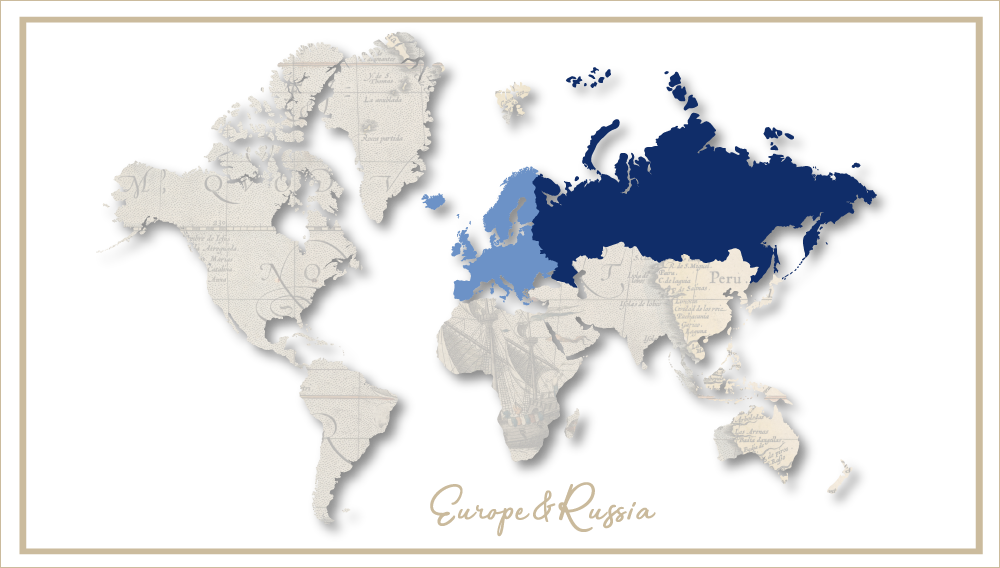AB-InBev’s bruising year
Belgium | After the share price sag, the cut in dividends and the downgrading of its credit rating by Moody’s, you cannot say that AB-InBev had a jolly good year. But it was not all their fault. The Money Men, who ganged up on AB-InBev in the past quarter and told the world’s number one brewer to pay down debt pronto by cutting dividends or else, can be real hypocrites, sometimes. I could not help thinking that their show of furrowed brows and clenched teeth had a comic book quality to it. Fact is, the Money Men would have known all along that AB-InBev had no intention to reduce its debt pile quickly.
AB-InBev’s debt ballooned to USD 108 billion in 2016 after the takeover of SABMiller. And it was to remain high for quite some time. It’s impossible the Money Men were ignorant of this. Consider this: AB-InBev had offered the bulk of its bonds to facilitate the acquisition with maturities in 2020 and beyond. That’s four years after the deal.
Some grumpy observers complained that it had never taken AB-InBev that long before to pay down debt from a takeover. That’s correct. When it bought US brewer Anheuser-Busch in 2008, it allowed its debt-to-EBITDA ratio (a gauge for indebtedness) to rise to over 5 x EBITDA. That’s considered high. Four years later, in 2012, it was down to 2.5 x EBITDA, a level generally deemed safe.
After the SABMiller takeover, when its debt-to-EBITDA ratio shot to 6.5 x EBITDA, AB-InBev’s senior management told Moody’s, a rating service, that it would continue to target a net debt-to-EBITDA leverage of 2 x EBITDA, but only “over the longer term”. For “longer term” read seven to ten years, although there is no absolute rule. In other words, AB-InBev was not going to embark on a speedy deleveraging again.
However, the two transactions don’t compare, not least in strategic intent. When InBev bought Anheuser-Busch, it had already set its eyes on its next target, SABMiller, so it was opportune to pay down debt quickly.
If you are looking for a reason why AB-InBev did not rush to lift its debt load this time, look no further than to its major shareholders. The Brazilians, the Belgians, the tobacco giant Altria and the Colombian Santo Domingo family, whose combined stake in AB-InBev is 61.6 percent, had decided that AB-InBev was done with megadeals. The AB-InBev deal machine was put on stand-by, at least for the time being, as they wanted to go shopping on their own to expand their respective investment portfolios. To this end, they needed lucre in the form of AB-InBev’s dividends.
AB-InBev’s high dividend payout – estimated at USD 9 billion in 2017 – would not have mattered much, hadn’t AB-InBev, ostensibly, lost its business touch. In the past, after each deal, the brewer grew turnover and fattened profits. Not so this time. AB-InBev reported a turnover of USD 45.5 billion for 2016 and USD 56.4 billion for 2017. But in 2018 things might look different. Estimated turnover for 2018 is to drop to only USD 55 billion, with EBITDA remaining flat over the previous year.
According to official spin, this will be largely due to foreign currency fluctuations and the underperformance of certain markets. In plain English, AB-InBev has hit heavy weather in its operating environment.
In the eyes of the spoilt Money Men, AB-InBev’s underwhelming performance is something close to a catastrophe. Worse still, AB-InBev’s leverage may amount to USD 104 billion or 4.6 x EBITDA in 2018. This is a minimal improvement over 2017 when it stood at 4.7 x EBITDA.
If AB-InBev’s shareholders maintain closed ranks, they should be able to stare down the Money Men’s protests. Even Moody’s downgrading of the brewer’s credit rating to Baa1, which is the lowest tier of investment-grade, effectively amounts to little more than a polite nudge to whittle down its debt.
Moody’s expects the company to trim its leverage to about 4 x EBITDA in the next two years. If it cannot cut that ratio to 4.5 or lower by the end of 2020, Moody’s said, it could lower the credit rating even further.
Whether the brewer will be able to do so without cutting dividends further – or even suspending them altogether, as some analysts suggested – remains to be seen. Eliminating the payout would be hugely unpopular with two of its big shareholders – Altria (10.2 percent of shares) and the Santo Domingo family (5.2 percent) – who cannot reduce their holdings by selling shares until October 2021. But having caved in to the Money Men by lowering its dividend payout, how can AB-InBev come up with a convincing argument if they want to hike dividends again, I wonder?
No doubt, though, were AB-InBev forced to resort to these drastic measures, there could be smoke in the boardroom.
AB-InBev will report full year 2018 results on 28 February 2019.
Authors
Ina Verstl
Source
BRAUWELT International 2019


